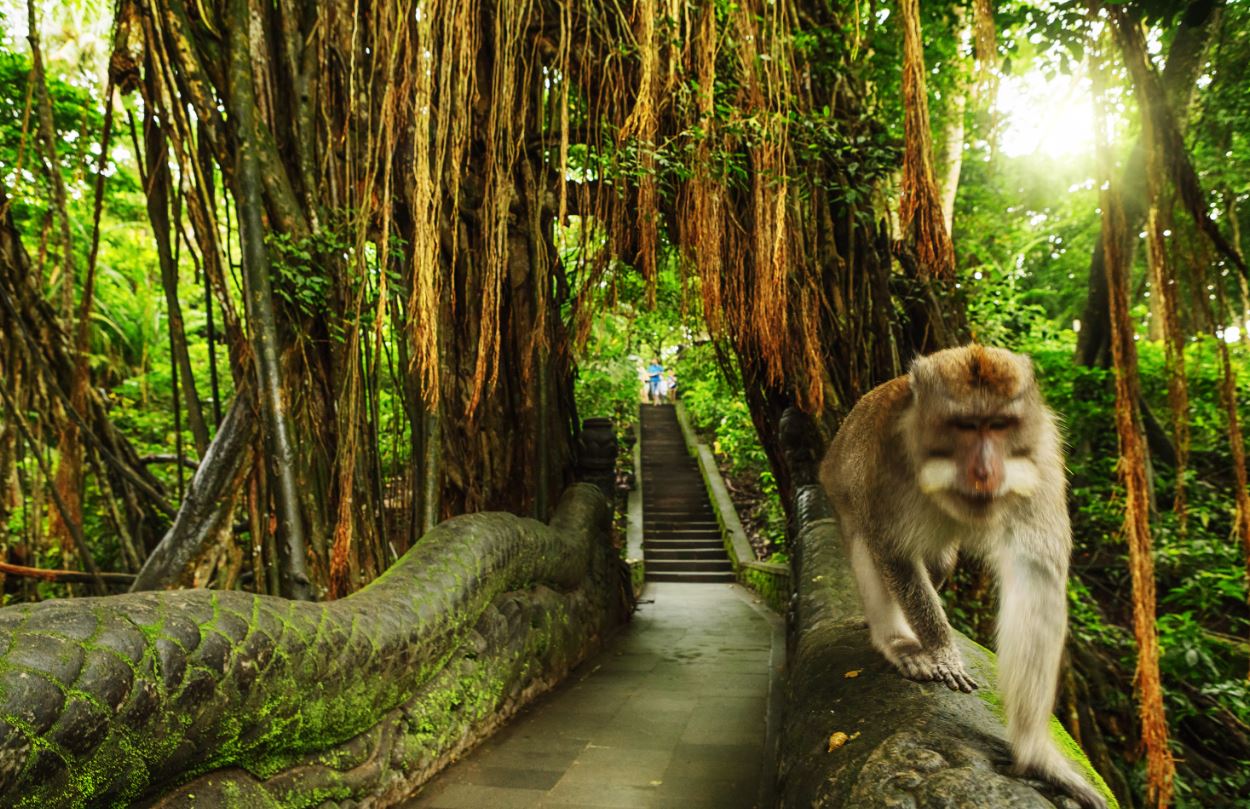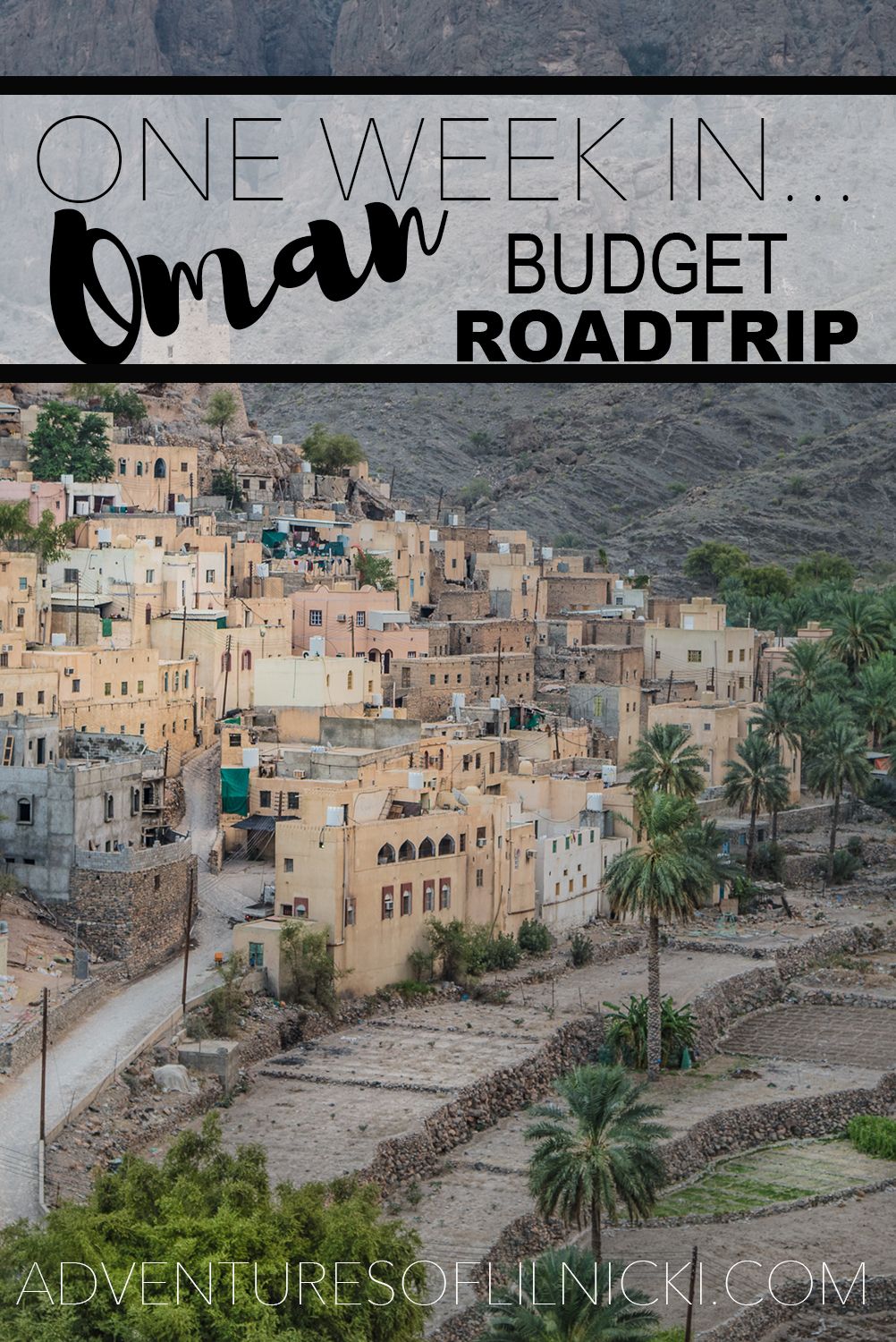
Ubud, Bali’s cultural heart, pulses with a unique blend of artistic vibrancy, spiritual serenity, and the untamed spirit of nature. Nestled within this enchanting landscape lies one of its most iconic attractions: the Sacred Monkey Forest Sanctuary, or Mandala Suci Wenara Wana, as it’s known locally. More than just a sanctuary for playful macaques, this verdant haven offers a captivating glimpse into Balinese Hinduism, ancient traditions, and the delicate balance between human life and the natural world.
This comprehensive guide will equip you with everything you need to embark on an unforgettable journey to Ubud Monkey Forest, from its fascinating history and main attractions to practical tips for navigating your visit, discovering delicious local cuisine, and finding comfortable accommodation.
A Glimpse into History: Where Nature and Spirituality Intertwine
Related Articles about The Enchanting Dance of Nature and Spirit: Your Comprehensive Guide to Visiting Ubud Monkey Forest:
- Kuala Lumpur: A Symphony of Steel and Soul – Your Ultimate Guide to Malaysia’s Vibrant Capital
- Sweden: A Journey Through the Land of Midnight Sun and Northern Lights
- Tanzania: A Traveler’s Paradise – Your Ultimate Guide
- Standing on the Edge of Eternity: Your Comprehensive Guide to Visiting the Grand Canyon
- Kuala Lumpur: A Symphony of Luxury and Heritage – Navigating the City’s Top Hotels
The history of Ubud Monkey Forest is deeply rooted in Balinese tradition and spirituality. The forest has been considered sacred for centuries, with its origins tied to the founding of the nearby Dalem Padangtegal Temple. Local legends speak of the monkeys being guardians of the temple, blessed by the gods. This belief has fostered a profound respect for the primates, who are treated as sacred creatures and are integral to the spiritual fabric of the community.
The forest itself is believed to be a place of immense spiritual power, a nexus where the physical and spiritual realms converge. The presence of ancient banyan trees, some believed to be hundreds of years old, further enhances this mystical aura. The local community actively participates in the upkeep and preservation of the forest, recognizing its importance not only as a natural habitat but also as a vital spiritual site.
In 1937, the area was officially designated as a sanctuary, acknowledging its ecological and cultural significance. Today, it stands as a testament to the Balinese commitment to preserving their heritage and the harmonious coexistence between humans and wildlife.
Unveiling the Main Attractions: Beyond the Playful Primates
While the mischievous macaque population is undoubtedly the star attraction, Ubud Monkey Forest offers a multi-layered experience that extends far beyond simply observing the monkeys.
- The Macaques Themselves: The primary inhabitants are the Balinese Long-tailed Macaques (Macaca fascicularis). These intelligent and curious creatures are divided into several groups, each with its own territory within the forest. Witnessing their playful antics, their social interactions, and their uncanny ability to navigate the ancient trees is a captivating spectacle. They are accustomed to human presence, but it’s crucial to remember they are wild animals.
- The Sacred Temples: Scattered throughout the forest are three ancient temples:
- Pura Dalem Padangtegal: This is the oldest and most significant temple, dedicated to the Hindu god Shiva. Its intricate stone carvings, moss-covered statues, and the palpable sense of history make it a profound spiritual site. The temple is a place of worship for the local community, and you might witness ceremonies taking place.
- Pura Beji: Located near the southern entrance, this temple is dedicated to the water goddess. It’s a place where locals traditionally perform purification rituals.
- Pura Prajapati: Situated in the northern part of the forest, this temple is dedicated to the goddess of fertility and is often the site of offerings and ceremonies.
- The Lush Tropical Rainforest: The forest itself is a breathtaking natural wonder. Towering banyan trees with their sprawling aerial roots, vibrant ferns, and a symphony of exotic flora create a truly immersive natural environment. The cool, shaded pathways offer a welcome respite from the Balinese heat, and the sounds of nature – rustling leaves, chirping birds, and the distant calls of monkeys – create a tranquil ambiance.
- The Artistic Sculptures: Adding to the mystical atmosphere are numerous stone sculptures and carvings that are artfully integrated into the landscape. These intricate artworks depict various Hindu deities, mythological creatures, and scenes from Balinese folklore, further enhancing the spiritual and artistic essence of the forest.
- The Warung and Souvenir Shops: At the entrance and exit of the forest, you’ll find a selection of local warungs (eateries) and souvenir shops. These offer a chance to sample local delicacies and purchase unique handcrafted items.
Essential Travel Tips for a Smooth and Enjoyable Visit
To make the most of your experience at Ubud Monkey Forest and ensure a safe and respectful visit, keep these tips in mind:
- Respect the Monkeys: This is paramount.
- Do NOT feed the monkeys: While tempting, feeding them can disrupt their natural behavior, lead to aggression, and make them overly dependent on humans. You may see vendors selling bananas, but it’s best to refrain.
- Do NOT make direct eye contact: This can be perceived as a challenge by the monkeys.
- Do NOT wear dangling jewelry or carry plastic bags: These can attract the monkeys’ attention and lead to them trying to snatch them.
- Keep your belongings secure: Be aware of your surroundings and keep your bags closed. Monkeys are notorious for their quick hands.
- Maintain a safe distance: Admire them from afar. If a monkey approaches you, remain calm and do not make sudden movements.
- Do NOT tease or provoke them: They are wild animals and can become aggressive if they feel threatened.
- Dress Appropriately: Wear comfortable walking shoes as you’ll be doing a lot of walking on uneven paths. Lightweight, breathable clothing is recommended due to the tropical climate. It’s also a sacred site, so modest attire is appreciated, especially when visiting the temples. Consider covering your shoulders and knees.
- Stay Hydrated: The Balinese heat can be intense. Bring a reusable water bottle and refill it at designated areas if available, or purchase water from vendors.
- Be Aware of Your Surroundings: The forest is a natural habitat, so be mindful of uneven terrain, roots, and slippery surfaces, especially after rain.
- Photography Etiquette: While photography is allowed, be discreet and avoid using flash, which can startle the monkeys. Be mindful of other visitors and avoid blocking pathways.
- Consider a Guide: While you can explore independently, hiring a local guide can enhance your understanding of the forest’s history, the significance of the temples, and the behavior of the monkeys.
- Opening Hours and Entrance Fee: Check the official website or inquire locally for the most up-to-date opening hours and entrance fees. These can change, and it’s wise to be prepared.
- Bring Insect Repellent: Mosquitoes and other insects are present in the tropical environment.
- Take Your Time: Don’t rush through the forest. Allow yourself ample time to wander, observe, and soak in the unique atmosphere.
The Best Time to Visit Ubud Monkey Forest: Embracing the Seasons
Ubud experiences a tropical climate with two main seasons:
- Dry Season (April to September): This is generally considered the best time to visit Ubud Monkey Forest. The weather is drier, with less humidity and more sunshine. This makes for more comfortable exploration and fewer chances of rain disrupting your visit. However, it’s also peak tourist season, so expect larger crowds.
- Wet Season (October to March): During the wet season, you can expect more rainfall, often in the form of short, intense downpours. While this can make the forest lush and vibrant, it can also lead to muddy paths and less ideal conditions for exploring. However, the crowds are typically smaller, and you might experience the forest’s beauty with a more serene ambiance.
Ideal Visiting Times within the Day:
- Early Morning: Arriving early in the morning, just as the forest opens, is highly recommended. The light is softer, the air is cooler, and the monkeys are often more active as they begin their day. You’ll also encounter fewer crowds.
- Late Afternoon: The late afternoon also offers pleasant temperatures and beautiful lighting for photography. However, be mindful of the closing time.
Charming Stays: Nearby Hotels in Ubud
Ubud offers a diverse range of accommodation options to suit every budget and preference. Here are a few suggestions for hotels located conveniently close to the Monkey Forest:
Luxury:
- Mulia Resort & Villas Nusa Dua: While not directly in Ubud, if you’re looking for a luxurious escape and don’t mind a day trip, this is a world-class resort.
- Four Seasons Resort Bali at Sayan: Nestled amidst lush rice paddies and the Ayung River, this iconic resort offers unparalleled luxury and stunning views.
- The Ritz-Carlton, Bali: Another opulent choice offering exceptional service and breathtaking ocean views.
Mid-Range:
- Komaneka at Bisma: Known for its beautiful villas, infinity pools, and serene atmosphere, this resort offers a tranquil escape close to Ubud’s attractions.
- Adiwana Resort Jembawan: This boutique resort focuses on wellness and offers a peaceful sanctuary with beautiful rooms and excellent service.
- Ubud Village Hotel & Spa: Centrally located, this hotel offers comfortable rooms, a swimming pool, and easy access to the Monkey Forest and other Ubud attractions.
Budget-Friendly:
- Guesthouses and Homestays: Ubud is brimming with charming guesthouses and homestays offering affordable and authentic Balinese experiences. Look for options around the Padangtegal area for proximity.
- Pertiwi Bisma 1 & 2: These sister properties offer clean and comfortable rooms at reasonable prices, often with pools and good locations.
- Pondok Prapen: A well-regarded budget option offering a peaceful setting and friendly service.
Pro Tip: When booking, consider hotels that offer shuttle services to the Monkey Forest or are within walking distance to minimize transportation hassle.
A Culinary Journey: Savoring Local Food in Ubud
Ubud is a paradise for food lovers, offering a delectable array of local flavors and international cuisine. After your visit to the Monkey Forest, be sure to indulge in these culinary delights:
- Babi Guling (Suckling Pig): A Balinese specialty, this roasted pig is seasoned with a rich blend of spices and served with rice, lawar (a mixed vegetable dish), and sambal (chili paste). Ibu Oka is a legendary institution for Babi Guling in Ubud.
- Nasi Goreng and Mie Goreng: These ubiquitous Indonesian fried rice and fried noodle dishes are flavorful, satisfying, and readily available.
- Satay: Skewers of marinated and grilled meat (chicken, beef, or lamb) served with a peanut sauce.
- Gado-Gado: A delicious Indonesian salad consisting of blanched vegetables, tofu, tempeh, and hard-boiled eggs, all coated in a creamy peanut sauce.
- Lawar: A traditional Balinese dish made from a mixture of finely chopped meat (often pork or chicken), vegetables, grated coconut, and a blend of herbs and spices.
- Tempeh and Tofu: Excellent vegetarian and vegan options, often prepared in various delicious ways.
- Fresh Tropical Fruits: Indulge in the abundance of fresh fruits like mangoes, papayas, dragon fruit, and rambutan.
Where to Eat:
- Local Warungs: For authentic and affordable meals, seek out the small, family-run warungs scattered throughout Ubud.
- Ubud Food Market: A great place to sample a variety of local dishes in a vibrant atmosphere.
- Famous Restaurants: Ubud boasts renowned restaurants like Locavore (for fine dining), Melting Wok Bar (for delicious Asian fusion), and Clear Cafe (for healthy and delicious options).
Navigating Your Way: Transportation Options to and from the Monkey Forest
Ubud Monkey Forest is conveniently located in the heart of Ubud, making it accessible by various transportation methods:
- Walking: If you’re staying in central Ubud, walking to the Monkey Forest is a pleasant option. The area is relatively flat, and it allows you to soak in the charming streets and atmosphere.
- Taxis and Ride-Sharing Apps: Taxis are readily available in Ubud. Ride-sharing apps like Grab and Gojek are also popular and often offer more competitive pricing. Simply input "Ubud Monkey Forest" as your destination.
- Scooter Rental: Renting a scooter is a popular choice for independent exploration in Bali. It offers flexibility and allows you to navigate at your own pace. However, be aware of traffic conditions and ensure you have the necessary international driving permit.
- Ojek (Motorcycle Taxi): For shorter distances or if you’re traveling solo, an ojek can be a quick and affordable option.
- Hired Driver: If you plan to explore multiple attractions in and around Ubud, hiring a private driver for the day is a comfortable and convenient option. They can tailor your itinerary to your preferences.
- Shuttle Services: Many hotels in Ubud offer complimentary shuttle services to popular attractions, including the Monkey Forest. Inquire with your accommodation.
From Denpasar Airport (DPS):
- Taxi: The most straightforward option is to take a taxi directly from the airport to Ubud. The journey can take 1-1.5 hours depending on traffic.
- Pre-booked Airport Transfer: Many hotels offer pre-booked airport transfer services, which can be a convenient and stress-free option.
- Shuttle Bus: Several shuttle bus services operate between the airport and Ubud, offering a more budget-friendly alternative.
Conclusion: A Sanctuary of Wonder and Wonderment
Ubud Monkey Forest is more than just a tourist attraction; it’s a living testament to Bali’s rich cultural heritage, its spiritual depth, and its unwavering respect for nature. From the playful antics of its simian residents to the ancient temples that stand as silent sentinels, every corner of this sacred sanctuary whispers tales of the past and invites you to connect with the present.
By understanding its history, embracing its attractions, heeding the travel tips, and immersing yourself in the local flavors and experiences, your visit to Ubud Monkey Forest promises to be an enriching and unforgettable adventure. So, pack your bags, open your heart, and prepare to be enchanted by the captivating dance of nature and spirit in this extraordinary corner of Bali.






